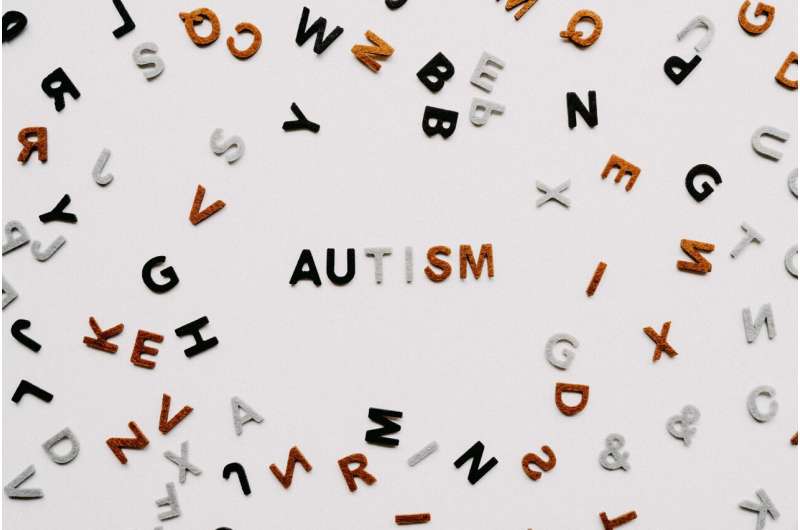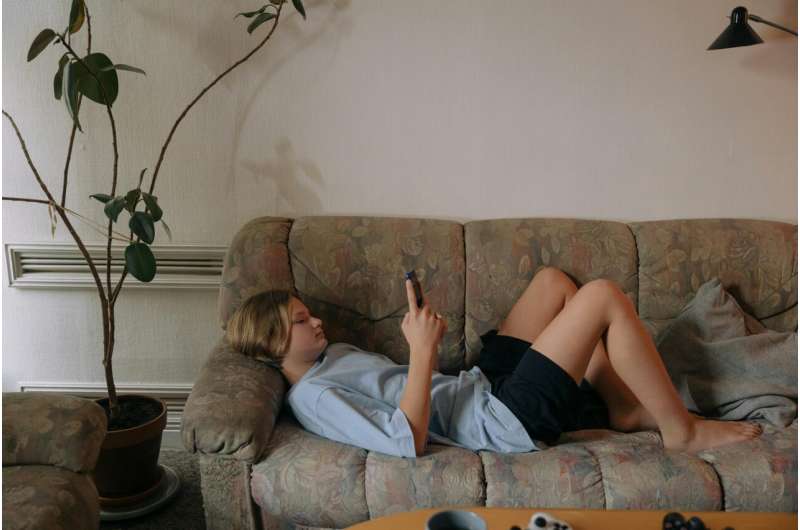Tailored Environments Essential for Autistic Adults: Moving Beyond One-Size-Fits-All Approaches

New research emphasizes the importance of personalized sensory spaces for autistic adults, advocating for flexible environments that accommodate individual preferences and needs beyond traditional designs.
Designing calming spaces and sensory rooms for autistic adults requires a personalized approach that respects the diverse sensory needs within this community. Recent research conducted by Australian and U.S. scientists highlights the limitations of traditional, child-focused sensory room concepts, emphasizing the importance of offering choice and control to cater to individual preferences.
Feedback collected through an online survey involving 96 autistic adults worldwide revealed common themes such as the significance of music, natural environments, solitude, and customization of surroundings. Participants explained that while certain elements like lighting, sound, and tactile stimuli could promote relaxation, what was soothing for one person could be overwhelming for another.
Lead researcher, Ph.D. candidate Connor McCabe from the University of South Australia, advocates for sensory environments that incorporate adjustable lighting, varied seating options, soundscapes, and privacy to meet the complex needs of autistic adults. The study underscores that sensory factors like lighting, sounds, and tactile elements greatly influence relaxation, but there is no single best way to create these spaces.
Traditional sensory room elements — such as vibration or visual projections — were less favored by participants, who instead expressed a preference for natural elements like greenery, water features, and animal interactions. They also emphasized the importance of environmental control, including managing noise, temperature, and access.
In addition to conventional settings, researchers are exploring virtual reality (VR) as a tool for creating customizable sensory experiences. A second study by McCabe involves co-designing VR sensory rooms with autistic adults, providing immersive environments that can be tailored to individual preferences. This innovative approach allows for activities like virtual forest walks and soundscapes without requiring physical space.
The research highlights that sensory needs are highly individual, and the key to effective calming spaces lies in flexibility and personal choice. Offering options for lighting, sound, privacy, and environmental control can make these spaces more effective and comfortable for autistic adults.
For more details, the full study is published in Autism in Adulthood (2025). Source: https://medicalxpress.com/news/2025-06-size-approach-autistic-adults.html
Stay Updated with Mia's Feed
Get the latest health & wellness insights delivered straight to your inbox.
Related Articles
The Impact of Short-Form Video Content on Children's Attention: Insights from Recent Research
Recent research highlights the potential effects of short-form videos on children's attention span and behavioral development, emphasizing the need for mindful media consumption in young learners.
Low Psychological Distress Doesn't Always Indicate Better Wellbeing in Daily Life
New research suggests that low distress levels in daily life do not always indicate a person's overall mental wellbeing, highlighting the need for dual assessment in mental health treatment.
Children's Social Media Use Reflects Emotional Challenges of Managing Long-Term Health Conditions
A groundbreaking study reveals how social media activity highlights the emotional stress faced by children managing multiple long-term health conditions, emphasizing the need for holistic healthcare approaches.



